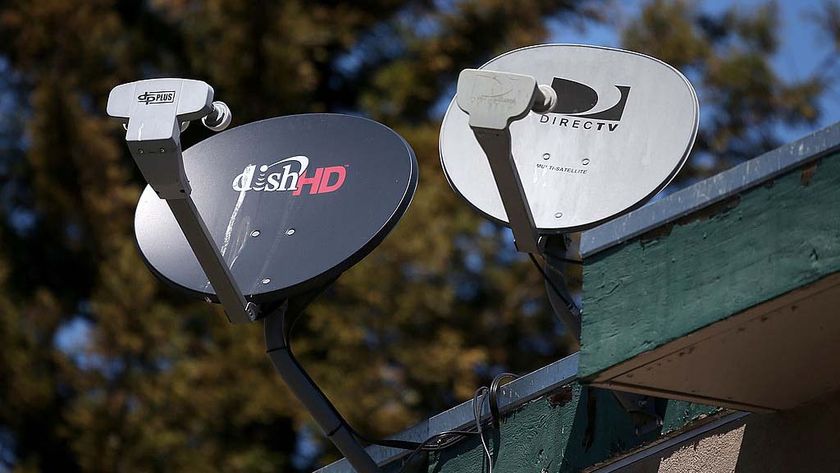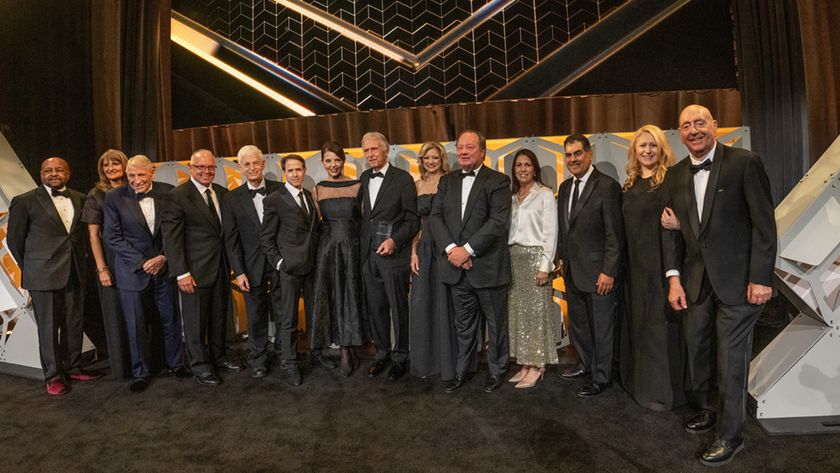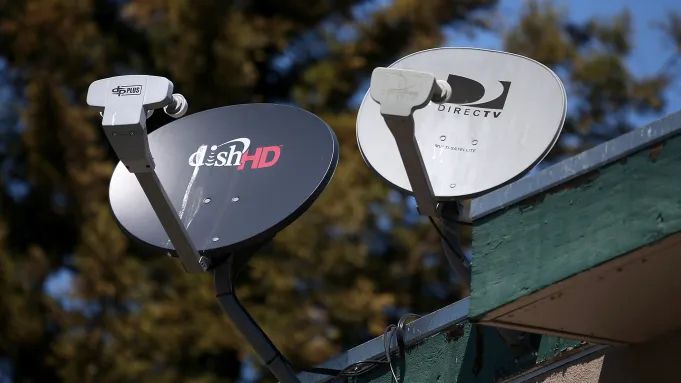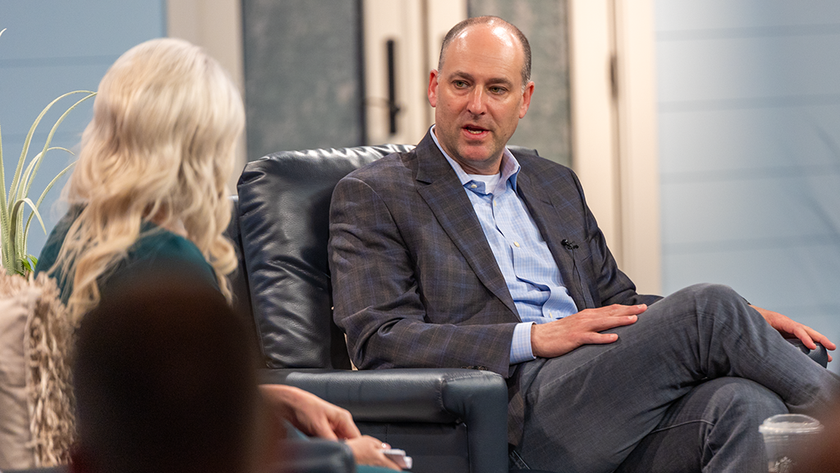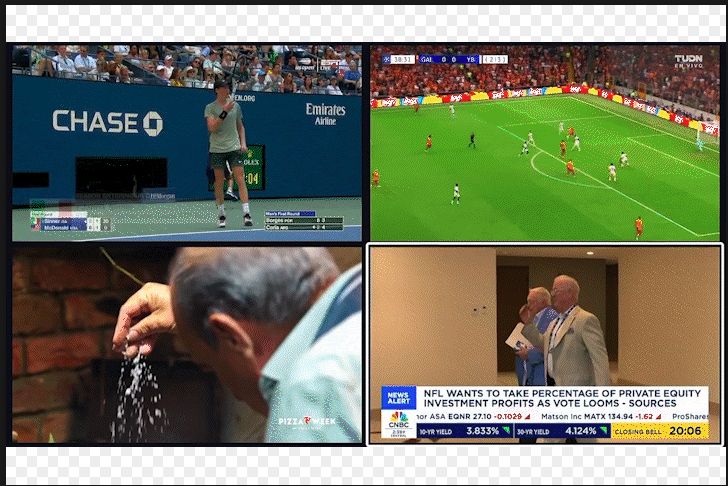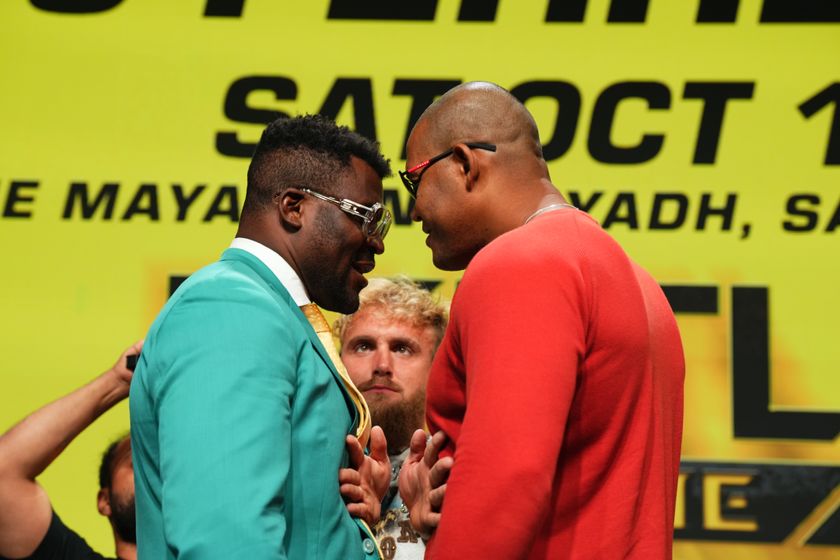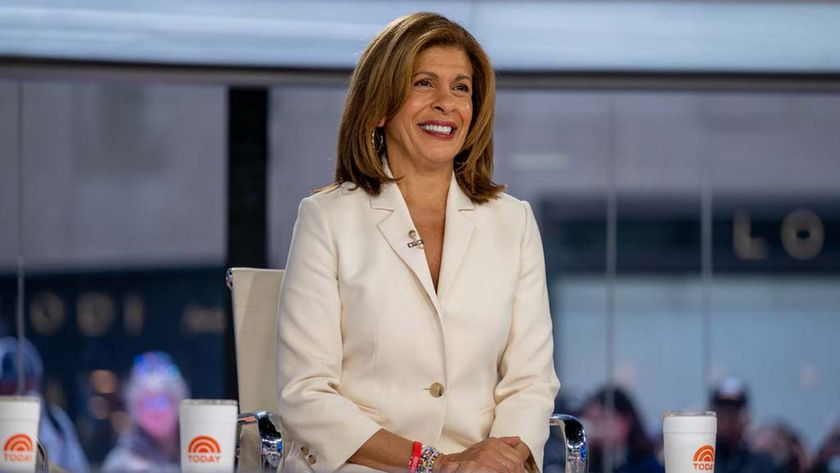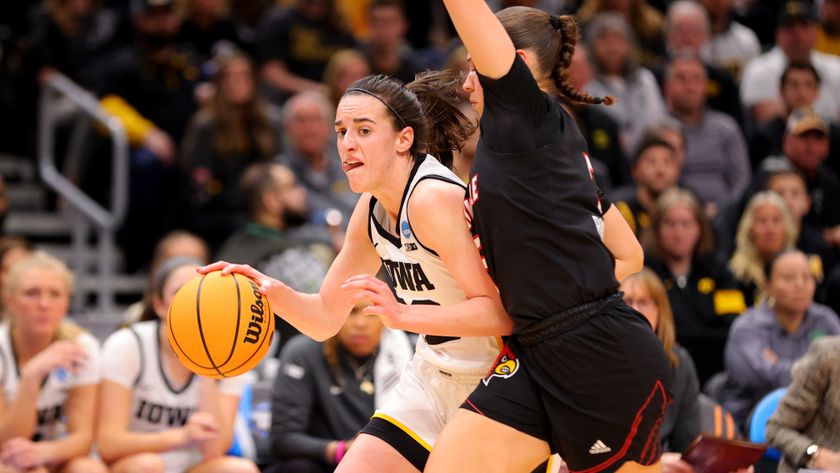Mobile DTV Rollout Continues
While the business model for mobile DTV is still being figured out, local stations are moving forward and gradually launching mobile DTV broadcasts. Transmission vendors says that it's still the early days for the technology, but they are seeing orders pick up for the array of new equipment-including multiplexers, encoders and new or upgraded exciters-needed to launch mobile DTV.
Jay Adrick, VP of technology for Harris, says that more than 50 mobile DTV stations are now on-air, with Harris gear in most of them. Harris helped put Scripps station WXYZ and Post-Newsweek station WDIV in Detroit on-air in late May, and has also supplied transmission gear for the bulk of the stations participating in the Washington, D.C., showcase. It is also providing remote monitoring for the trial's network operations center, located at Gannett's WUSA in D.C.
According to Adrick, a typical Harris mobile DTV system sells for around $150,000. It includes a Synchrony mobile networking adapter; two NetVX encoders to support two mobile streams; a multiplexer; and Roundbox signaling and Electronic Service Guide technology. "The beauty of the system architecture is that the second, third and fourth stream is relatively inexpensive, roughly $20,000 per stream," he says.
Of course, not every station wants or needs a new complement of all Harris gear. On that note, Harris is working with the ATSC and other vendors such as Axcera to create a standardized interface between the "mobile adapter" at the studio and the exciter at the transmitter so different vendors' gear can talk to each other. In the interim, it has performed integration work for stations like WXYZ, which is using a Harris multiplexer and encoders with an Axcera exciter.
Axcera has its mobile DTV gear installed at about five stations, says president David Neff, and is starting to get more orders for complete mobile DTV systems including multiplexers, exciters, encoders and other gear (Axcera resells Ericsson and Envivio encoders and Expway's ESG solution). He predicts that Axcera could help another 20 to 30 stations launch mobile DTV by year-end.
As Neff puts it: "The interest is starting to build."
Neff estimates that a basic single-stream system costs $100,000, perhaps $20,000 less if a station has a late-model Axcera exciter that can be upgraded via software. He notes that his company is well-known for upgrading other vendors' exciters, and expects it will get similar business with mobile DTV.
Axcera has already successfully tested a single-frequency network (SFN), which uses multiple transmitters to improve coverage, for mobile DTV with WTVE in Reading, Pa. Neff predicts that SFNs, which to date have been used by a handful of conventional DTV stations with unusual coverage problems, will be broadly used in mobile DTV, particularly if broadcasters decide to launch pay-TV services.
"If mobile DTV takes off and as is going to be successful, I think you have to do that," says Neff. "Fixed broadcasting is fine from a tall tower, with a single transmitter in a market. But if mobile is really going to work well, it will have to work inside buildings, when you're driving in the city, behind buildings, and [other areas] with terrain shielding. You're going to have to have more than one transmitter to make it successful. I think people expect it to work where a mobile phone works."
Deploying an SFN is one of the extra costs that might be associated with launching a subscription mobile DTV service. Another, notes Adrick, is conditional access. Adrick says conditional access can increase a stations' mobile DTV investment significantly, as suppliers like Nagravision may license their technology across both the number of streams delivered and the number of individual subscribers receiving them.
"That's expensive, it could be a couple hundred of thousands of dollars [per station]," says Adrick.
Neither Neff nor Adrick say they have seen any pullback in mobile DTV orders in the face of the FCC's proposed plan to reclaim some of the broadcast spectrum on a voluntary basis, a source of continued debate in Washington.
"If anything, broadcasters have gotten more aggressive about mobile to drive a stake in the ground about what their spectrum requirements are," says Adrick.
Raycom Media has two stations lit up with mobile DTV today, WBTV Charlotte, N.C., a UHF station that began transmitting mobile streams late last year, and WSFA Montgomery, Ala., a VHF station that launched mobile DTV early this year. Both are simulcasting the station's main program feed. It cost about $150,000 to $200,000 to upgrade each station to pump out mobile DTV, says Pat LaPlatney, VP of digital media for Raycom Media.
The group is still in the test mode, but so far is pleased with the reception characteristics of mobile DTV.
"The ATSC M/H signal's footprint is similar to the ATSC signal," says LaPlatney. "As with any signal, there are variances, but we're pretty happy with what we have seen so far."
That includes the VHF signals of WSFA, which LaPlatney has been able to pick up with prototype receivers he's testing, which include Valups' "Tivizen", a small device that retransmits mobile DTV streams over a Wi-Fi link; some USB dongle-type tuners; and a prototype LG personal TV. Raycom has yet to conduct any consumer testing of mobile DTV.
"We haven't really reached out to consumers, as we don't have the number of devices that we would need to do a serious test," says LaPlatney. "Most devices have stayed at the station, and we've showed them to certain clients. As far as the general public goes, there aren't enough devices out there to start promoting this thing yet. That will change, but it's going to take some time."
Based on what he's hearing from members of the Open Mobile Video Coalition and Pearl Mobile DTV, a nine-station coalition of which Raycom is a member, LaPlatney expects that mobile DTV receivers will hit retail en masse by the end of 2010 or early 2011.
LaPlatney wouldn't discuss the programming plans of Mobile Content Venture, and said the group was still evaluating whether a pay-TV model would work for mobile DTV. But he says the agreement between NBC, Fox, Ion and the Pearl Group stations was a big step for mobile DTV's development.
"Obviously it's a benefit to have network partners in this venture," he says. "I don't think there's any question about that."
LaPlatney manages Raycom's other digital businesses including online video and possible datacasting applications such as feeding digital signage. He is intrigued by the possibility of doing interactive applications through mobile DTV that use the receiver's cellular backchannel.
"That part of it is very exciting, to be able to provide that type of data back to advertisers," he says. "Targeting like that is a tremendous benefit."
Media General is close to installing mobile DTV at its stations in Tampa, Fla. and Columbus, Ohio, the NBC affiliates WFLA and WCMH. It will be placing orders with Harris for new mobile DTV transmission gear, with installation slated for early August. Other providers of ancillary compenents include Grass Valley and Miranda.
"We may be on the air in early September," says Ardell Hill, president of broadcast services.
Hill says a "basic, bare-bones" mobile DTV installation can be done for $100,000, but that Media General will likely spend closer to $200,000 per station. In addition to making the "front-end" modifications to the transmission plant to support two streams of mobile DTV, including upgrading the exciter and installing a new multiplexer, Media General stations will also be adding the capability to insert local spots into the mobile DTV feeds and the ability to do local branding on possible national program feeds.
"We're going to be able to brand, insert local content, and provide at least two program sources," says Hill "One will be a simulcast, the other one, who knows?"
Media General has chosen Tampa and Columbus as its first mobile DTV markets for "both business and technical reasons," says Hill.
"On the business side, we'll be amongst a group of broadcasters who will be on the air in both markets. For the early adopters, the whole idea is to make sure the consumer experience is there, so consumers can see it. "
On the technical side, Tampa is a VHF station. VHF has problems in markets with terrain issues, says Hill, but he is interested to see how VHF will perform for mobile DTV in the flatlands of Florida.
Hill finds the initial consumer feedback from the Open Mobile Video Coalition's consumer trial in Washington to be very encouraging, both in regards to mobile DTV reception and the service itself
"The areas where we thought we'd do well [with reception], we're doing much better than we hoped," says Hill. "And the areas where we thought we would struggle, we're doing better than expected."
Feedback from consumers suggests that consumers "use it on the move and use it frequently" says Hill, while most consumption in "short bites."
"Most of the experiences are very good. They're surprised by the quality of the pictures."
Hill says the benchmark threshold for how much bandwidth will be used to mobile DTV is 4 to 5 Mbps, which could fit comfortably alongside the existing HD program feed and single digital subchannel carried by most Media General stations. Like other broadcasters, he hopes that his stations still have the full 6 mhz of digital spectrum to play with going forward, instead of the FCC reclaiming part of the spectrum.
"The worst thing we can do is to have the bandwidth taken away from us because people assume we're not using it, so we don't need it," says Hill.
Broadcasting & Cable Newsletter
The smarter way to stay on top of broadcasting and cable industry. Sign up below
